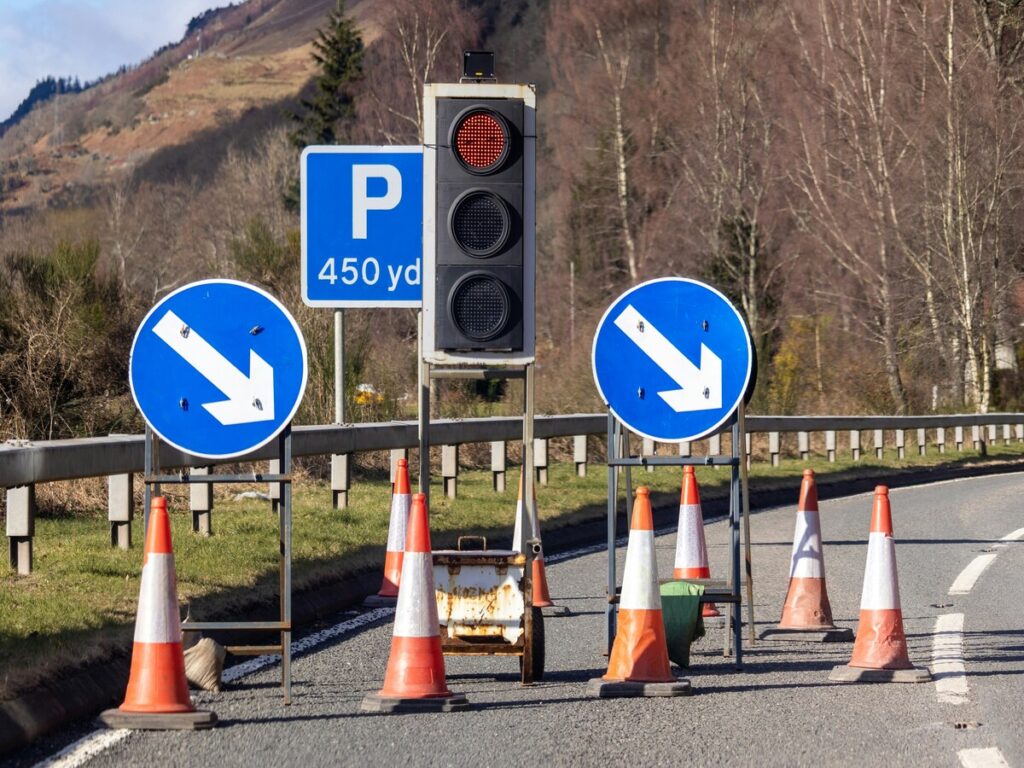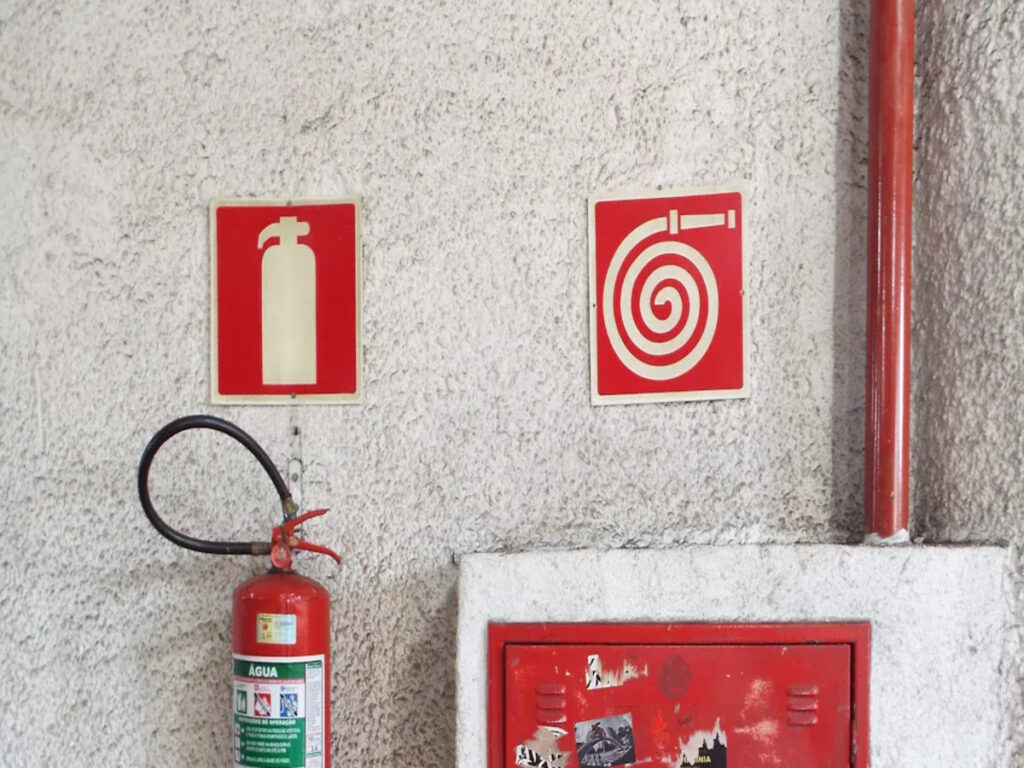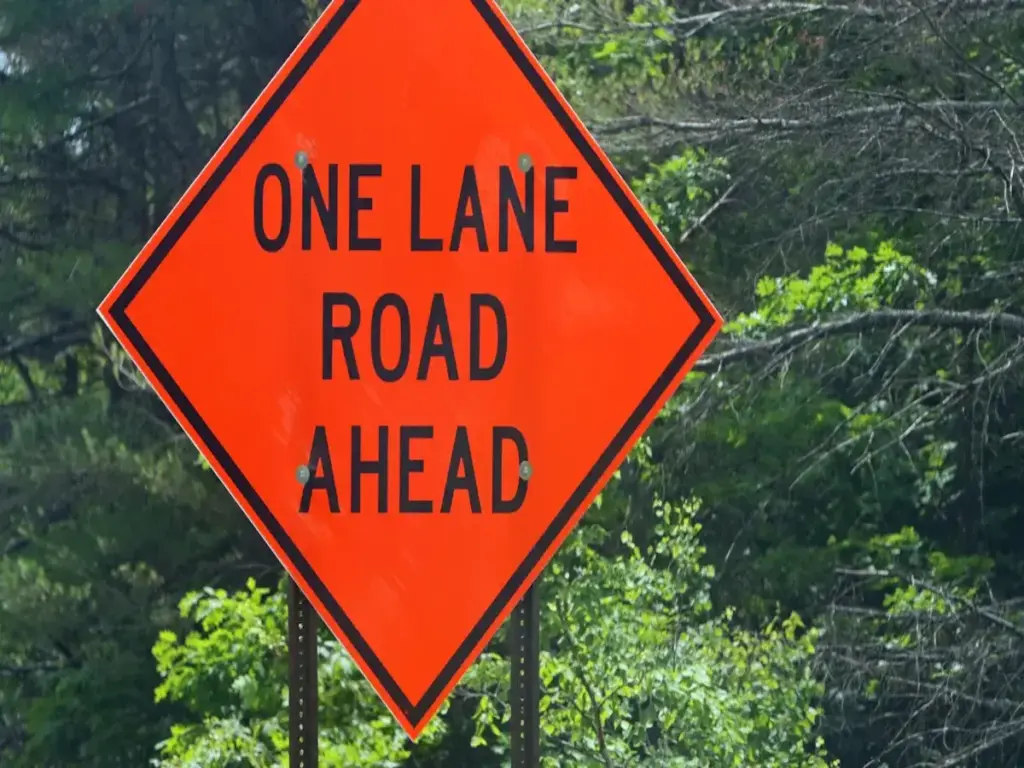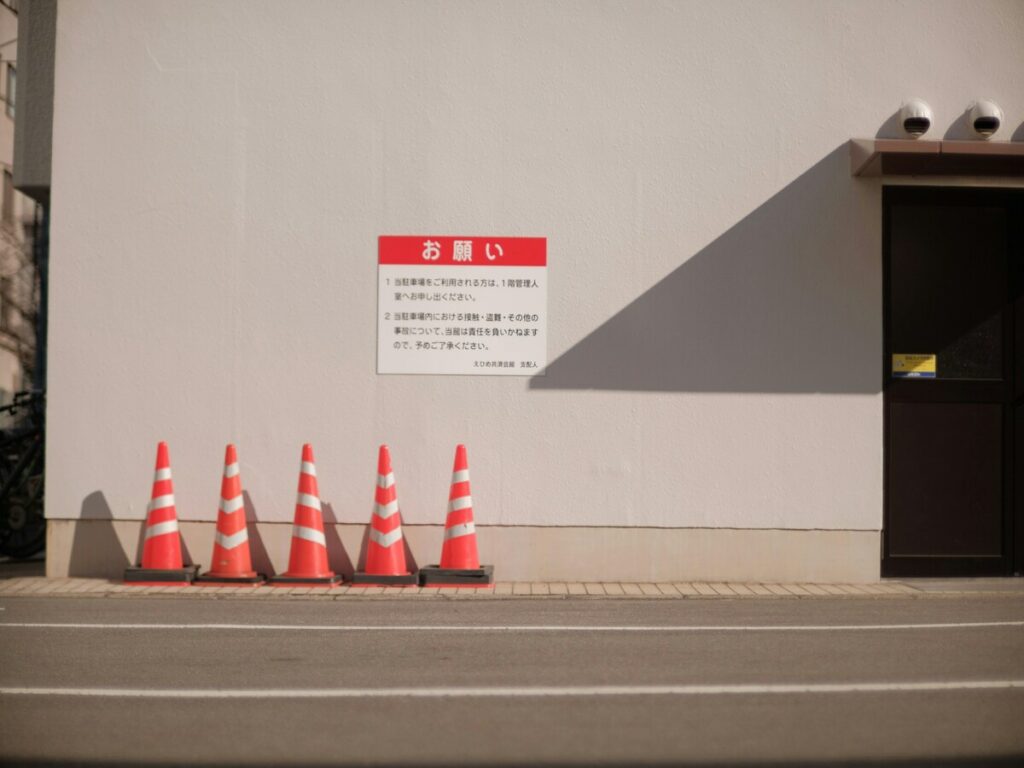
Когда речь идет о безопасности дорожного движения, дорожные конусы играют решающую роль. Их яркий цвет и уникальный дизайн выделяют их в любой обстановке.. Эта видимость является результатом того, как свет взаимодействует с нашими глазами., влияет на наше восприятие цветов. Выбор конусов, улучшающих видимость, имеет важное значение для обеспечения безопасности на дорогах.. Управляете транспортными средствами или отмечаете опасности, использование высококачественных конусов жизненно важно. Если безопасность для вас превыше всего, обязательно покупайте оранжевые конусы, которые разработаны для оптимальной эффективности..
В ОПТРАФИК, we offer premium-quality solutions for those looking to buy orange cones that meet professional standards. Engineered for high visibility, долговечность, and performance in all weather conditions, OPTRAFFIC orange cones are trusted by road crews, подрядчики, and safety authorities alike. When it comes to protecting people and managing traffic, choosing the right cone makes all the difference.
Ключевые выводы
- Pick orange traffic cones because they are easiest to see. Their color stands out against most backgrounds.
- Use cones with shiny strips to stay visible at night. These strips help drivers notice them from far away.
- Choose cones that resist sunlight to keep their colors bright. This stops fading and keeps them easy to see longer.
- Put cones where they stand out from the background. This helps people notice them and avoid accidents.
- Buy cones made with special materials for extra safety. These materials work well in different weather and conditions.
The Science of Light and Color Perception
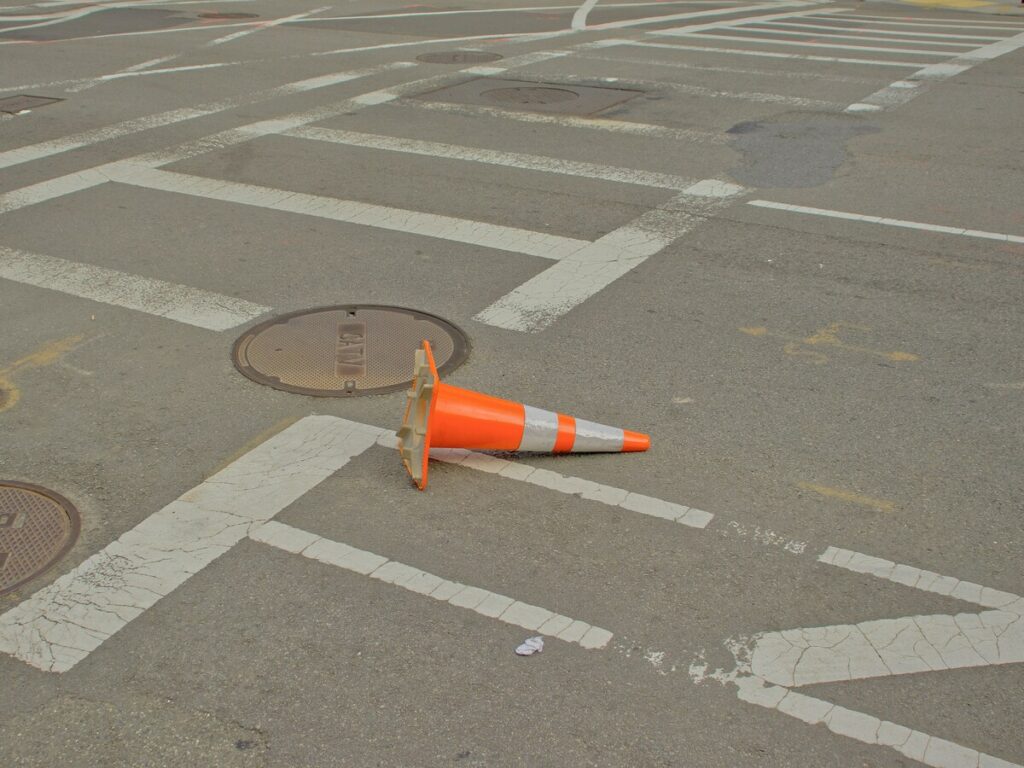
To understand how you see traffic cones, we need to look at light and color. Light wavelengths interact with your eyes to make objects appear bright and visible. Let’s break down how this works.
The Visible Light Spectrum and Its Range
The visible light spectrum is the part of light your eyes can see. It includes wavelengths from 380 nanometers (н.м.) к 700 н.м.. This range sits between ultraviolet (Укр) and infrared (IR) свет. It covers all colors, from violet (short wavelengths) to red (long wavelengths).
Scientists use special tools to study this spectrum:
- Spectroradiometers: These measure brightness and color at one spot.
- Imaging Colorimeters: These capture light and color in pictures.
The way wavelengths are spread out affects brightness and contrast. Например, reds and blues often seem brighter due to the Helmholtz-Kohlrausch (HK) effect. This shows how some wavelengths make objects easier to see in certain conditions.
How the Human Eye Perceives Color (Rods vs. Конусы)
Your eyes use two types of cells to detect light: rods and cones. Each type has a specific job in helping you see.
- Rods: These work well in dim light but don’t see color.
- Конусы: These work in bright light and detect color. There are three types of cones:
- S cones: Detect blue light (~420 nm).
- M cones: Detect green light.
- L cones: Detect red light.
The trichromatic theory explains how these cones combine to show all colors. Например, when you see an orange cone, L and M cones are more active than S cones. The opponent color theory adds that your brain processes colors in pairs, like red-green or blue-yellow.
Rods and cones react differently to light levels. Rods are better in the dark, while cones work best in bright light. This is why traffic cones use colors that cones detect well during the day.
Wavelengths and Their Impact on Brightness and Contrast
Light wavelengths affect both color and how bright or clear something looks. Brightness is how much light an object reflects. Contrast is the difference in brightness between an object and its background. Вместе, they help you notice objects like traffic cones.
Studies show green light (вокруг 550 н.м.) reflects less, making it less visible. Longer wavelengths, like orange and red, stand out more against backgrounds like roads or grass. Orange cones are highly visible because they maximize brightness and contrast, даже издалека.
Кончик: Pick traffic cones with colors that stand out in their surroundings. High-contrast colors are easier to see, especially in dim light or fast-moving situations.
By learning about light and color, you can see why traffic cones are bright orange. Their color and reflective materials are carefully chosen to improve visibility using brightness, контраст, and wavelengths.
Why Traffic Cones Are Orange
The Wavelength Range of Orange and Its High Visibility
Orange is easy to see because of its place in the visible light spectrum. яts wavelength, между 590 и 620 nanometers, makes it very noticeable. These longer wavelengths are easier for your eyes to detect, Особенно снаружи. When you look at orange cones, your brain quickly recognizes the color, даже издалека.
Your eyes have three types of cones—S, М, and L—that help you see colors. L cones are most sensitive to longer wavelengths like orange. This makes orange look bright and clear during the day. It stands out against backgrounds like roads or grass, making it perfect for safety zones.
Кончик: To make traffic areas safer, use orange cones. Their bright color helps people see them right away.
Psychological Associations of Orange with Caution and Hazard
Orange doesn’t just stand out physically; it also sends a strong message. It grabs attention and signals danger or caution. Когда ты видишь оранжевый, your brain connects it to warnings or the need to slow down. This makes it ideal for managing traffic and keeping work zones safe.
Other colors don’t work as well. Red can feel too alarming, and yellow might not be visible enough. Orange is just right—it’s noticeable and tells people to be careful. This psychological effect makes orange cones great for safety.
Comparing Orange with Other Colors for Traffic Cone Visibility
Why aren’t cones red, желтый, or blue? These colors don’t work as well for visibility. Red can blend into dark areas or look dull under artificial lights. Yellow is bright but doesn’t contrast well with grass or dirt. Blue is harder to see from the side and doesn’t warn people as clearly.
Orange is better because it’s bright and sends a clear caution signal. Its wavelength keeps it visible, and its meaning helps people stay alert. Whether it’s day or evening, orange cones are easy to spot and guide people safely.
Call to Action: Want to improve safety in your work zone? Choose durable orange cones for maximum visibility. They’re the best way to keep everyone safe.
Reflective Materials in Traffic Safety
Traffic cones use more than bright colors to keep roads safe. Отражающие материалы are key for visibility in low light, like at night or in bad weather. These materials bounce light back to its source, helping drivers and walkers see cones from far away.
Retroreflective Technology and Its Role in Visibility
Передотофейная технология is vital for modern road safety. Unlike normal reflective surfaces, retroreflective materials send light back to its source, Как автомобильные фары. This keeps traffic cones visible even in very dark places.
Research shows reflectorized signs and cones greatly improve safety. Например, reflectorized signs are 286% ярче в 225 метры, Облегчая их видеть. Photometric studies confirm retroreflective materials increase brightness, which is why they are widely used by transportation agencies. Using cones with retroreflective technology helps prevent accidents by improving visibility.
Enhancing Night Visibility with Reflective Stripes
Reflective stripes on cones are crucial for night safety. These stripes reflect car headlights back to drivers, making cones stand out in the dark. A retroreflectometer checks if these stripes meet safety rules.
Night driving makes up 25% of travel but causes 55% of deadly crashes. Poor visibility from bad signs and markings is a big reason. Reflective stripes fix this by making cones easier to see, Помощь водителям оставаться в безопасности. Choosing cones with good reflective stripes is a smart way to improve road safety.
Optimized Reflection for Artificial Lighting and Headlights
Traffic cones need to work well under all lights, like streetlights or headlights. Reflective materials are made to reflect light better, so cones stay visible no matter the light source. Например, LED lights with adjustable colors help drivers see cones better in work zones.
Drivers say reflective materials reduce eye strain and make them feel safer on the road. Picking cones with great reflective features creates safer spaces for drivers and workers.
Кончик: Always pick traffic cones with top-notch reflective materials. They help everyone stay safe in any lighting condition.
Applications of Light Wavelengths in Traffic Cone Design
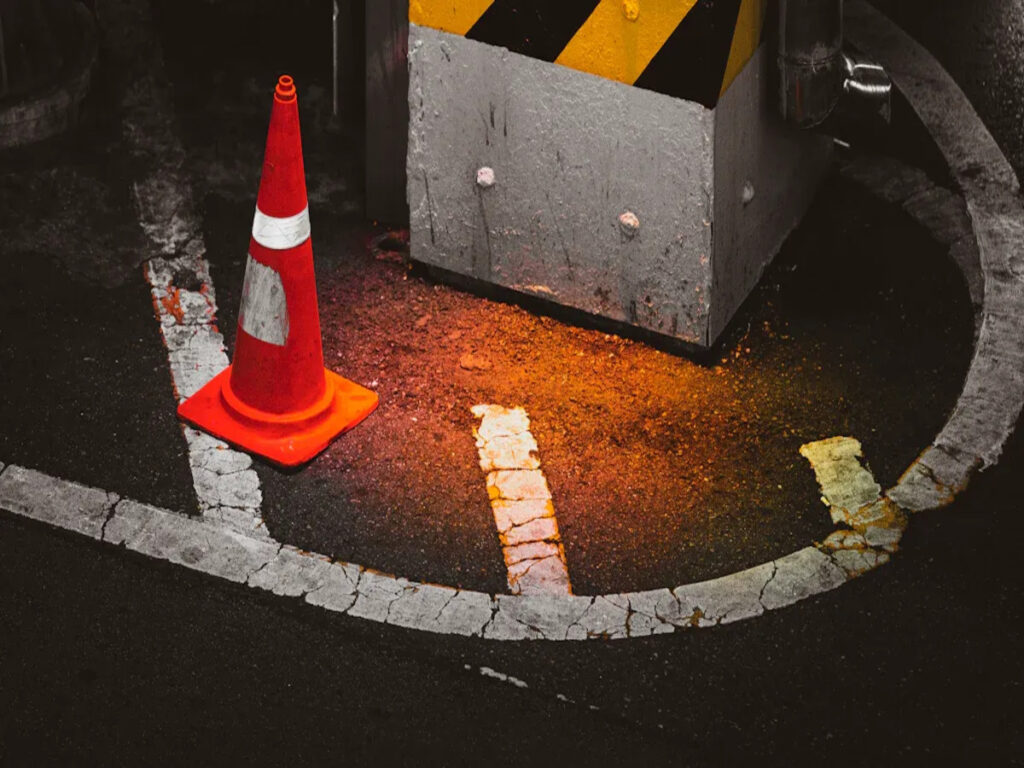
Importance in Low-Light and High-Speed Environments
Traffic cones need to be seen in tough conditions. These include dim lighting or when cars are moving fast. Light wavelengths help cones stay visible in such situations. Апельсиновые конусы, with their longer wavelengths, stand out more. This makes them easier to see against most backgrounds, even far away or in low light.
Studies show removing the infrared (IR) cut-off filter improves visibility. The table below shows findings from tests on better visibility:
| Contribution | Описание |
|---|---|
| Dataset Collection | A set of low-light images without the IR filter and matching long-exposure images was gathered for future research. |
| Proposed Model | A model with color alignment loss was made to fix color issues caused by removing the IR filter. |
| Experimental Results | Tests showed removing the IR filter gives clearer images in low light, beating other methods. |
These results show how important it is to adjust light wavelengths. This is especially true for safety in low-light or high-speed conditions.
Autonomous Vehicles and Sensor-Visible Cones
Автомобили с самостоятельным вождением use sensors to move safely. Traffic cones with materials that reflect infrared light help these sensors detect them. Using materials that work with certain light wavelengths makes cones visible to both people and sensors. This dual visibility is key for safer roads as self-driving cars become more common.
Future Innovations in Traffic Cone Materials and Design
The future of traffic cones depends on new materials and designs. Scientists are working on materials that adapt to light changes. These cones could stay bright day and night. Например, cones with special coatings might change brightness based on light levels. Adding smart features like LEDs or sensors could also make cones better at guiding traffic and avoiding accidents.
To make work zones safer, choose cones with these new features. Buying orange cones with advanced materials means better visibility and longer-lasting cones.
Practical Implications for Traffic Safety
How light wavelengths affect where traffic cones are placed
Where you put traffic cones matters for safety. Think about how light wavelengths interact with the surroundings when placing cones. Апельсиновые конусы, with their longer wavelengths, are easy to see in most places, Даже в тусклом свете. Putting them in spots with high contrast makes them stand out more and lowers accident risks. Например, placing cones on dark roads or near green grass helps them catch the eye of drivers and walkers.
In low-light areas or at night, reflective materials make cones brighter. This helps drivers notice them from far away, giving time to react and avoid crashes. Knowing how light and color work together helps you place cones for the best safety results.
Why UV-resistant materials keep cones visible longer
Sunlight can fade the bright orange color of cones, Делать их менее эффективными. UV-resistant materials stop this fading, keeping cones bright and visible for a long time. Buying cones with UV-resistant coatings ensures they work well in all weather. This is especially helpful in work zones with lots of sun exposure.
UV-resistant materials also protect the reflective stripes on cones. This keeps them working well at night, improving safety and cutting down on replacements. Durable cones save both time and money while keeping work zones safer.
Why scientifically designed cones improve safety
Using road safety cones made with science improves safety in work zones. These cones are built with advanced materials to stay visible in different conditions. They use light wavelengths and color science to stand out anywhere. Whether managing traffic or construction, these cones are reliable and effective.
Buying orange cones with reflective and UV-resistant features helps prevent accidents and saves lives. They last longer and stay bright, making them a smart and cost-effective choice. Always pick cones designed with care and science for the best safety.
Кончик: Choose cones with UV-resistant and reflective materials. They stay bright, длиться дольше, and keep work zones safe.
Light and color help traffic cones stand out clearly. Special reflective materials make cones visible in both bright and dim light. Smart designs ensure they work well in all conditions. Using well-made cones can lower accidents and improve safety. To keep work zones safe, pick orange cones that are bright and long-lasting. These cones are a smart choice for safety and dependability.
Часто задаваемые вопросы
Why is orange the best color for traffic cones?
Orange is easy to see because of its wavelength (590–620 nm). It contrasts well with most backgrounds, making it visible in many places. Orange also signals caution, что помогает сохранить людей в безопасности.
How do reflective materials help cones stand out at night?
Reflective materials send light back to its source, как фары. This makes cones visible in dark areas. Retroreflective technology makes them brighter, helping drivers see cones sooner and react faster.
Why do traffic cones need UV-resistant materials?
UV-resistant materials stop sunlight from fading cone colors. This keeps cones bright and useful for longer. They also protect reflective stripes, so cones work well during the day and night.
Can self-driving cars detect traffic cones?
Да, cones with infrared-reflective materials can be seen by sensors. These materials make cones visible to both people and autonomous vehicles, повышение безопасности дорожного движения.
Are there new ideas for traffic cone designs?
Да, scientists are working on cones that change brightness with light levels. Smart cones with LEDs or sensors might also be used to improve visibility and safety in different conditions.


